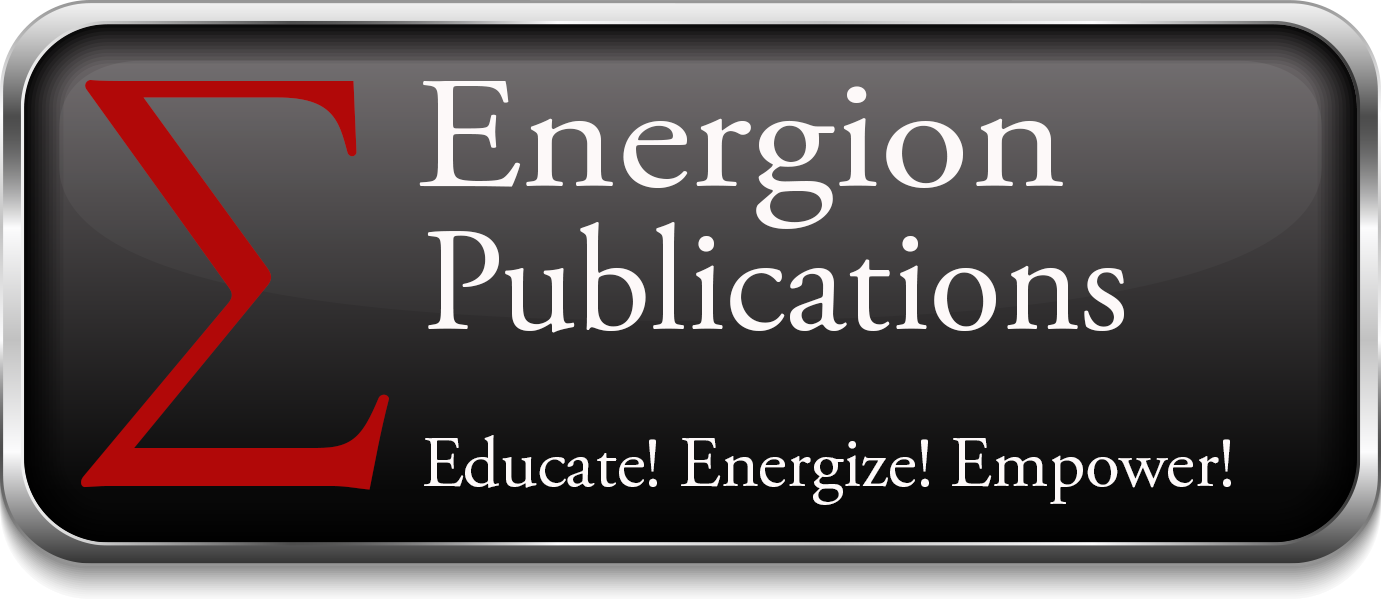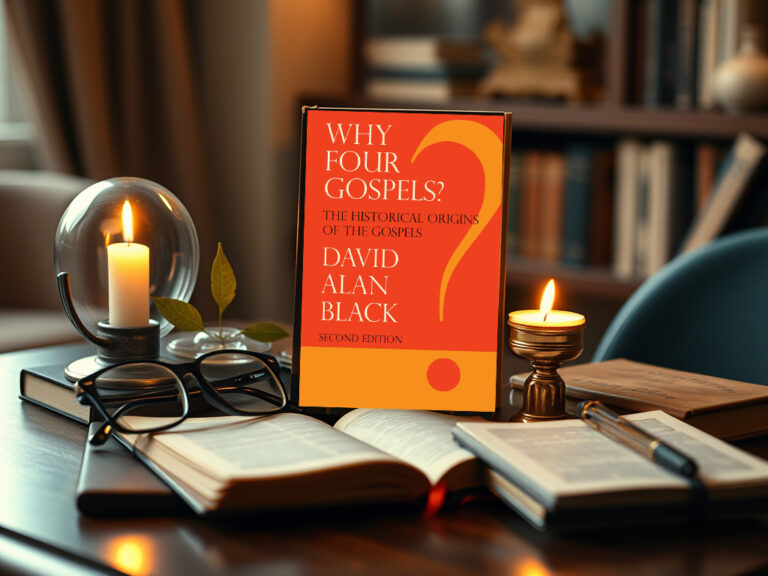Response to "Prayer is Not Enough"
 Steve Kindle’s article on the recent school shooting in Florida raised some interesting questions and in the process demonstrated some problems that makes this issue so divisive. One of the issues that divides people is the very nature of the problem itself. Steve is clear in how he sees the problem when he writes, “The answer to our present difficulty—too many guns available for harm—lies in the Herod story,” which is a common view for those on the left, at least the too many guns part.
Steve Kindle’s article on the recent school shooting in Florida raised some interesting questions and in the process demonstrated some problems that makes this issue so divisive. One of the issues that divides people is the very nature of the problem itself. Steve is clear in how he sees the problem when he writes, “The answer to our present difficulty—too many guns available for harm—lies in the Herod story,” which is a common view for those on the left, at least the too many guns part.
This is not just an issue with this problem, it is a division between how those on the Left and Right generally look at the world. Are problems to be found in people or in things. This might even explain why the left hates corporations, which they insist are not people, but love government which they see as the embodiment of people.
Those on the right, on the other hand, tend to see problems not with things, but in people. As one commentator put it, imagine three 19-year-old men with guns. One is hunting, one is on patrol in Afghanistan, one is entering a school with evil intent. There is only one problem here and it is the last 19-year-old with the gun, not the guns themselves.
Steve’s analogy equating Herod to guns does not really work. If you’re going to make an analogy, the 1st century parallel would not be Herod, but swords. Herod would then be the school shooter. Just as the problem in the first century was not the lack of sword control, but Herod, the problem with school shooting is not guns, but those with evil intent.
In the case of the most recent school shooting, it is increasingly becoming clear that the main problem, beyond the murderer, was not the gun, but the virtually complete and systematic failure of multiple levels of government to react to the numerous red flags. Why so many levels of government failed is still unknown.
Yet rather than focus on that failing Kindle writes “The students and faculty of Marjory Stoneman Douglas High School show us the way.” But which students? Marjory Stoneman Douglas High School is a very large school with a diverse range of opinions. But the left has picked out those that agree with their agenda and presents them as if they were the only students.
To make matters worse, they demonize those who disagree, particularly focusing on the NRA. I do believe there are things we could do to make schools safer, but to do so will take laws, and laws take persuasion and compromise, and that takes trust. This is something both sides seem to have forgotten. Currently, neither side has much trust of the other. Demonizing your opponent is hardly a way to build trust.
Nor is some the rhetoric from the right. Not everyone who wants to tighten up gun laws wants to confiscate all guns. On the other hand, putting words like “common sense” in front of “gun laws” does not make it so. Take for example the often-heard call to ban “assault rifles.” However reasonable that may sound, the problem is that “assault rifle” is an extremely difficult, if not impossible, term to define and ultimately means little more than “a gun I do not like.”
Nothing shows the split between the two sides more than the proposal to allow some trained personnel to carry concealed weapons at school. To many on the right it is a completely reasonable proposal to consider as they do not see the problem as an inanimate object, i.e., the gun, but the person with evil intent, i.e., the murderer.
Mass shootings end when someone else with a gun shows up to stop the murderer. In a few instances, there have been people already on site with a concealed weapon who were able to stop the murderer quickly, vastly reducing the death toll, but in places were guns are banned, such as schools, you have to wait for the police to arrive and that can take critical minutes, during which many lives are lost.
Thus, why not have a few trained personnel already on site? In fact, many on the right suspect that one of the reasons these murderers choose gun free zones is that they are confident there will be no one there to stop them. Having even the possibility that there may be someone with a concealed weapon on site may have a deterrent effect. Yet for many on the left who see guns as the problem, having guns in schools is horrifying.
Steve’s third “unanswered question” (I will deal with the other two in my next article) was, “Why does ‘the right to bear arms’ trump the right to live without fear of being murdered by one?” While there are several ways this could be answered, the most obvious reason is that we are a nation of laws and the former is in the Constitution and the latter is not. One could of course propose an amendment to change or repeal that right, but it is highly unlikely it would pass.
Going forward, I take it as a given that we will not confiscate all guns. Even if the 2nd amendment were legitimately changed through the amendment process, or illegitimately changed by a court ruling, there are simply too many people who own guns to allow this to happen in the foreseeable future. But again, the desire to get rid of guns shows the focus on things.
If a person desires to do evil they will find a way. After all, the deadliest school massacre in the United States was not one of the recent school shootings, but the bombing of a school in 1927. 2014’s attack in Kunming China using knifes left 31 dead and 140 others injured. Removing guns, even if it was a realistic option, would only shift the problem, not remove it. Given the information available on the internet, those seeking to do evil may be led to even deadlier options.
In terms of the overall debate, there is nothing really new about our current situation, other than the percentages. There have always been those on both sides who will seek to build trust and work together, and those who seek to demonize and defeat. This is nothing new. What has changed is that the percentages have changed such that those who demonize are currently dominant, and here again there is fault to be had on both sides. The solution is not to be found in focusing on those that can easily be condemn. Rather it will be found in the more difficult task of seeking out those who are willing to discuss the differences so as to begin building some trust.
For there to be “common sense” gun laws, there must first be common ground upon which to build a consensus. That will take open and honest discussion and debate. It does not mean ignoring our differences but discussing them seeking a common ground upon which a consensus can be built. It means learning to understand the other side, rather than just characterizing them into a convenient strawman to be attacked or rejected. Doing this over time will build a level of trust that could lead to a consensus that might lead to actually doing something constructive.
by Elgin Hushbeck, Jr., Engineer, teacher, Christian apologist, and author of Preserving Democracy, What is Wrong with Social Justice?, Christianity: The Basics, A Short Critique of Climate Change, Christianity and Secularism, and Evidence for the Bible.
[slideshow_deploy id=’2411′]





